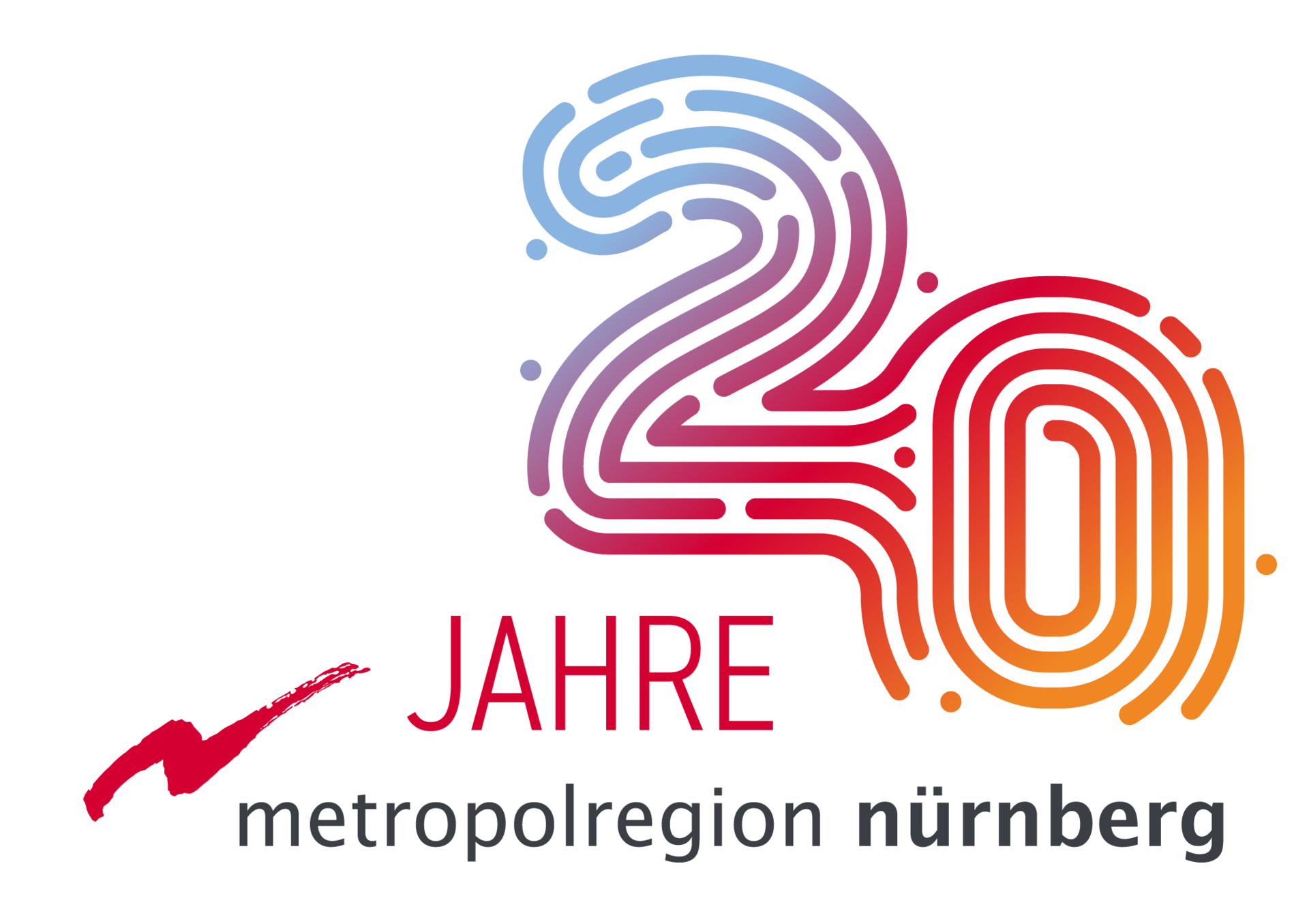MINITOM Kids - An MRI training device from apprentices with inventive spirit
Three apprentices at Siemens Healthineers' Kemnath site in the Nuremberg Metropolitan Region have developed a special MRI training device for children.
How does innovation come to life?
Three apprentices at Siemens Healthineers, Veronika Ott, Tim Scharnagl, and Hannes Schwenk, answered this question in the German Kemnath training facility of Siemens Healthineers. They didn’t just show off their skills in metalworking and electrical engineering – they also demonstrated their inventive spirit. These young talented individuals manufactured MINITOM Kids – a groundbreaking training device for children. From the first 3D-printed parts to full-scale metalworking, electrical engineering, and series production: Discover how these apprentices transformed a concept into reality and what it means for them to work at Siemens Healthineers.
It was a Friday evening in the summer of 2023 when Tim Scharnagl received the thrilling news after finishing sports practice: He was headed to Switzerland with a prototype he had helped assemble, together with trainees Hannes Schwenk and Veronika Ott. The Cantonal Hospital in Lucerne wanted to test MINITOM Kids, a miniaturized diagnostic imaging (MRI & CT) training device designed to help children feel comfortable during imaging exams. Transporting the 150-kilogram prototype was a challenge. For Scharnagl, Schwenk, and Ott, it was an absolute highlight of a unique project and the peak of their mechatronics apprenticeship. “We had no idea how we’d fit it into the rental car’s trunk,” Scharnagl recalls.
From concept to prototype
This is how the adventure began for the three of them: Typically, Siemens Healthineers apprentices train on specialized devices, often using a truck for hands-on practice in metalworking and electronics. With MINITOM Kids, they were entrusted with their first real customer project. Working from digital designs, the Kemnath team gradually built the prototype, handling everything from 3D printing to assembly and painting.
How to create a MINITOM Kids mock-up?
Piece by piece, the mock-up began to take shape. The mini gantry and base arrived in a rough housing form. Schwenk, Scharnagl, and Ott took over the manufacturing process: Guided by their instructors, they created technical drawings, printed plastic parts, devised assembly solutions, milled and screwed together components, and sanded and painted the finished parts.
Schwenk shares, “Sometimes we spent hours figuring out how everything would work. How do we assemble the parts securely? Should the device have a switch? What materials do we need? Where do we get them, and who do we need to talk to?”
Huge interest and future prospects
At the end, the team successfully delivered the first prototype of MINITOM Kids to Lucerne. “The individual parts, each weighing up to 80 kilograms, were just manageable for all of us to lift and luckily fit into the car’s trunk,” Ott and Scharnagl recall.
The device generated strong interest and is now set for series production from Kemnath, with demand growing at trade shows and even a nomination for the RTL Donation Marathon 2024 (RTL is a German private TV channel). In November 2024, the first series-produced MINITOM Kids was delivered by the trainees to the University Hospital Freiburg, Germany. Siemens Healthineers is already working on another mini training device for kids. Sometimes, the three of them “can hardly believe how successful the project has been.”
An integral part of training at Siemens Healthineers
Manufacturing MINITOM Kids is now a key part of Siemens Healthineers’ apprenticeship program. Trainers Thomas Lange and Sebastian Graf are proud: “From the youngest, for the youngest – this project definitely sets us apart.”
After successfully completing their apprenticeships in summer 2024, Ott, Scharnagl, and Schwenk are now working in their desired departments. They all agree that Siemens Healthineers was the perfect choice for them. Here, they were able to prove their skills on a unique project, achieve more than they had ever imagined, and kick-start a promising career.

© Siemens Healthineers | The team also 3D-printed the mini table, where children’s stuffed animal – or the brave "giraffe Gerda", part of the MINITOM Kids concept – would lie.



